I am a bit nervous as I sit down to write this blog, maybe even scared of saying what I have to say to an audience of readers who are predominantly state school teachers. I am not nervous about the practice that I am going to describe, or indeed about the fact that I am going to use ‘anecdotal’ evidence to describe its impact. What I am nervous about is the bit where I describe the context in which I work, specifically the adult to pupil ratio and the envy that might be unleashed in professionals up and down the land. Perhaps I should also be a little nervous about describing a learning situation unchained by the demands of the curriculum, a time in the school day which is all about stories yet removed from any literacy assessment.
I run a programme called Speech Bubbles in 10 Southwark primary schools. Each week a drama practitioner works with a member of school staff to deliver small group sessions for KS1 children with a speaking, listening or communication need. Some of the children referred just seem to get lost in the hustle and bustle of the school day, hardly ever getting noticed and rarely hearing their name called. On the other hand some definitely get noticed, eliciting a range of negative attention and hearing their names called out regularly with an increasingly disapproving tone. There are others in the groups who are on the autistic spectrum, are selective mutes, or lack the confidence or words to get an idea across in their second or third language. Now here is the first bit I am nervous to tell you, the drama practitioner and member of school staff, often a teaching assistant or learning mentor, sometimes a teacher or SENCO, work with 10 children a time for forty five minutes. Yes that’s right a ratio of 1:5! And sometimes the schools send two members of staff, so that’s nearer 1:3! The next bit that makes me nervous is that we spend most of the forty five minutes having fun – playing games, telling and acting out stories that the children and adults in the room want to tell and perform that day. This fun is very seriously intended, the games get the children engaged, enthused and develop their skills at working in a team and problem solving. Some of the games are about story structure, sequencing, characters, feelings and events, but when it comes down to it every child tells their story and it is accepted in the form that is presented. Each story is then performed by the whole group.
Over the 24 sessions the children become skilled and innovative artists able to create wonderful emotionally resonant theatre. For example a couple of weeks ago we had a line in a story “The car went so fast that the paint changed from black to orange” and we had to act that out! I threw the problem back to the group “I wonder how we can show that?” and one boy, whose mum had insisted had no imagination, responded “We all put our hands down, and at that part in the story we raise our hands with a whoosh sound”. We tried it and it worked, the group broke into a spontaneous round of applause, great theatre making innovative, imaginative and in these austere times cheap!
Whilst having fun we have also gathered a range of evidence that describes the impact. Last year’s pre and post project teachers assessments reported that, of the children that attended Speech Bubbles, 78%showed an improvement in Learning, Speaking and Listening and 70% showed an improvement in emotion conduct and behaviour. But I prefer the anecdotal evidence! We have children in KS1 trying to break into the sessions. One child said to me “Adam, I am going to pretend to be shy again so that they will let me come back to Speech Bubbles”. Another child who only spoke in a whisper to adults throughout reception and year 1, took centre stage in his first session and told the whole group a story, much to the surprise of his support worker.
Now the final thing that perhaps should make me nervous, and could put me out of work, but actually just makes me feel very proud is that in 5 schools where the Speech Bubbles drama practitioner has now finished, the work has continued. It is clear that the mix of co-leading, termly training sessions, and a practical pack of support materials has engendered enough confidence in school staff to lead productive and enjoyable sessions that support children to have fun becoming great communicators.
